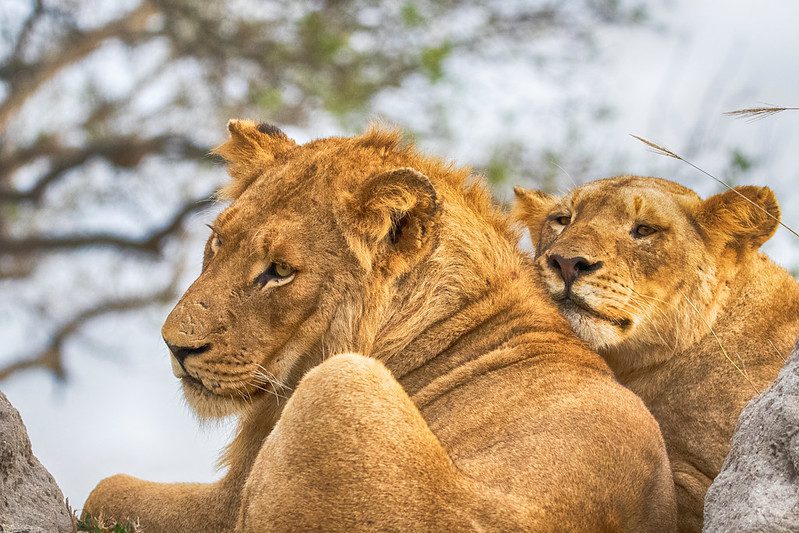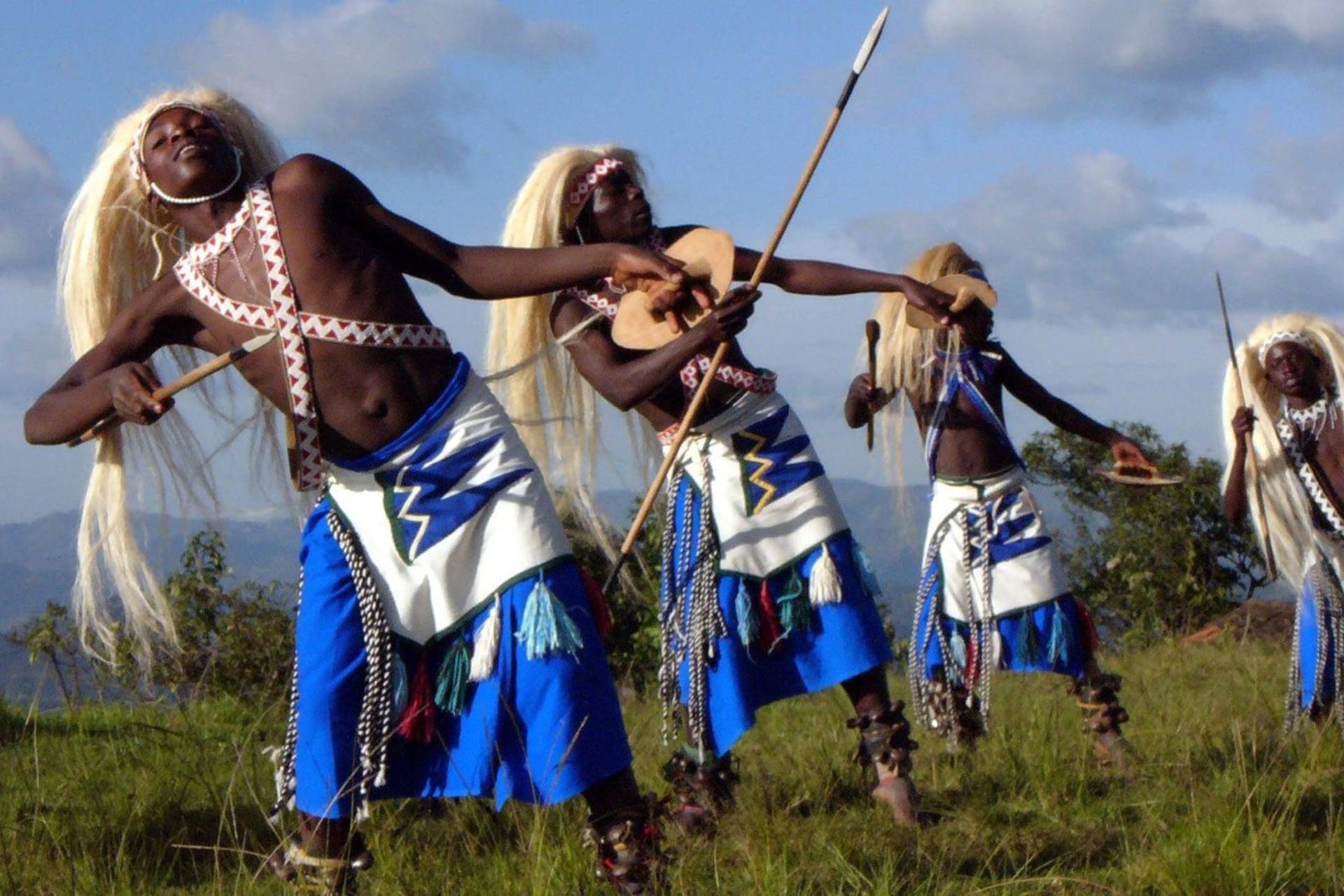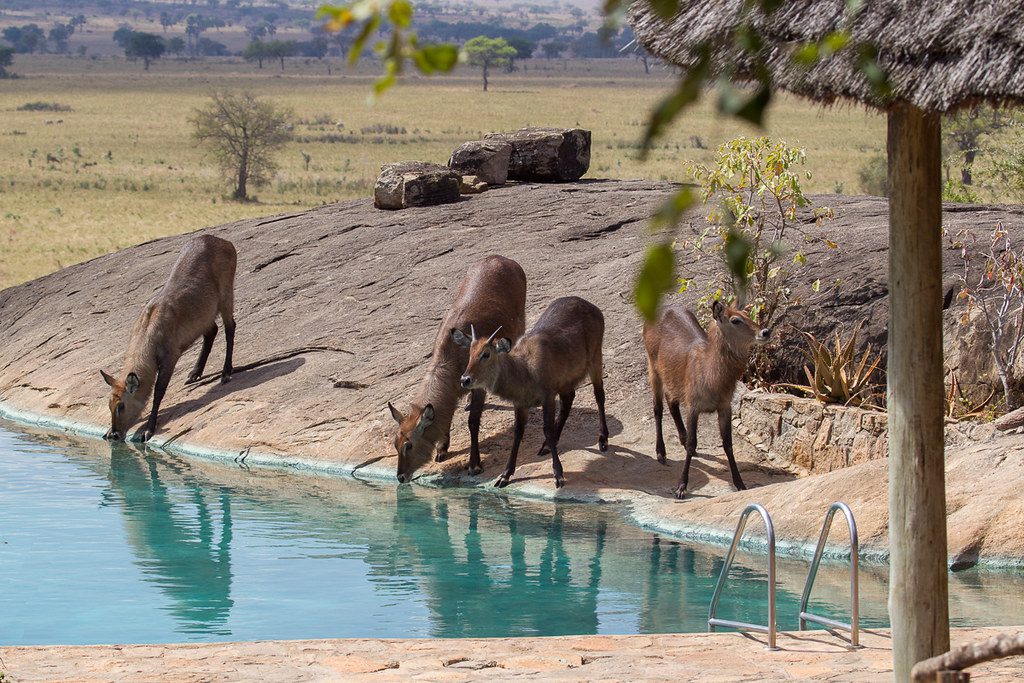Getting Up Close and Personal with the Big Five: Embarking on a safari adventure in Africa is a dream for many wildlife enthusiasts and nature lovers. The continent is home to a diverse array of magnificent creatures, but none are more revered than the Big Five. These iconic animals—the lion, rhino, elephant, leopard, and buffalo—hold a special place in the hearts of safari-goers, offering an unforgettable wildlife experience like no other.
What is the significance of the Big Five on a safari?
Embarking on a safari adventure in Africa is a dream for many wildlife enthusiasts and nature lovers. The continent is home to a diverse array of magnificent creatures, but none are more revered than the Big Five. These iconic animals—the lion, rhino, elephant, leopard, and buffalo—hold a special place in the hearts of safari-goers, offering an unforgettable wildlife experience like no other.
How did the Big Five get their name?
The term “Big Five” originally referred to the five most challenging animals to hunt on foot: the lion, rhino, elephant, leopard, and buffalo. Today, however, it has taken on a different meaning, symbolising the top five must-see species for wildlife enthusiasts on an African safari.
What makes the Big Five iconic wildlife?
The Big Five are revered for their majesty, power, and elusive nature. Each member of the Big Five possesses unique traits and behaviors that captivate and awe safari-goers, making them the most sought-after animals to observe in the wild.
Are the Big Five endangered species?
Regrettably, all five members of the Big Five are facing varying degrees of threat. The African lion, black and white rhinoceros, African elephant, and Cape buffalo have all been classified as vulnerable, endangered, or critically endangered due to factors such as habitat loss, poaching, and human-wildlife conflict.
Where are the best places to see the Big Five?
When it comes to encountering the Big Five in their natural habitat, Africa offers a plethora of exceptional safari destinations. From the vast savannas of the Serengeti in Tanzania to the renowned Masai Mara in Kenya, there are numerous opportunities to witness these magnificent creatures up close.
Top safari destinations for viewing the Big Five
The Serengeti and Masai Mara are renowned for their prolific Big Five populations, while South Africa’s Kruger National Park and Sabi Sands Game Reserve also offer exceptional opportunities for sightings of these iconic animals.
Recommended safari tours for experiencing the Big Five
For those seeking an unforgettable wildlife adventure, guided safari tours in Africa provide an immersive and educational experience. Knowledgeable guides lead visitors through prime Big Five territory, ensuring the best chances of encountering these remarkable creatures.
Unique experiences for observing the Big Five in their natural habitat
Some lodges and camps in Africa offer exclusive experiences, such as guided bush walks and night drives, providing extraordinary opportunities to observe the Big Five in their natural environment, away from the typical safari vehicle crowds.
What are the characteristics of each of the Big Five animals?
The Big Five animals each possess distinct characteristics that set them apart in the animal kingdom, further adding to their allure and mystique for wildlife enthusiasts.
Lion: The king of the savanna
The lion, with its majestic mane and commanding presence, is the undisputed ruler of the African savanna. These iconic big cats are known for their social structure, powerful roars, and impressive hunting prowess, making them a highly sought-after sighting on any safari.
Elephant: Majestic giants of the African plains
As the largest land mammals on Earth, African elephants exude grace and wisdom. Their gentle demeanor masks their immense strength, and observing these magnificent creatures in the wild is a humbling and awe-inspiring experience.
Leopard: Elusive and solitary hunters
The elusive leopard is a master of stealth and agility, renowned for its solitary and secretive nature. With its striking rosette-patterned coat and enigmatic behavior, spotting a leopard in the wild is a truly special and rare occurrence.
Rhino: Understanding the different species of rhinoceros
The rhinoceros, both black and white species, are awe-inspiring creatures that have roamed the African plains for millennia. Sadly, they are also among the most endangered due to relentless poaching for their highly prized horns, making any rhino sighting a poignant and precious moment.
Buffalo: Behold the majestic and powerful African buffalo
The African buffalo, also known as the Cape buffalo, is a symbol of strength and resilience in the African wilderness. These massive creatures form formidable herds and are highly prized sightings for their imposing stature and fascinating social dynamics.
Why is conservation important for the Big Five?
The conservation of the Big Five is crucial for maintaining the ecological balance of Africa’s diverse habitats and ensuring the survival of these iconic species for future generations.
The impact of poaching on the Big Five populations
Poaching poses a severe threat to the Big Five, particularly the rhinoceros and elephant populations, resulting in devastating declines and pushing these majestic animals perilously close to extinction. The illegal wildlife trade must be combated through stringent law enforcement and international cooperation to protect these vulnerable species.
Conservation efforts to protect the Big Five and their habitats
A multitude of conservation organizations and initiatives are dedicated to safeguarding the Big Five and their natural habitats, implementing anti-poaching measures, habitat restoration projects, and community-based conservation efforts to ensure the long-term survival of these magnificent creatures.
The significance of ecotourism in supporting Big Five conservation
Ecotourism plays a pivotal role in funding conservation programs and supporting local communities living alongside wildlife. By participating in responsible and sustainable safari experiences, travelers directly contribute to the protection of the Big Five and the preservation of Africa’s invaluable natural heritage.
What to consider when planning a safari to see the Big Five?
When preparing for an African safari to witness the Big Five in their natural environment, there are several essential factors to take into account to ensure a safe, enjoyable, and responsible wildlife experience.
Best times of the year to observe the Big Five in the wild
Understanding the seasonal behavior and movement patterns of the Big Five is crucial for maximizing wildlife sightings. The dry season, typically from June to October, offers prime opportunities to witness these iconic animals as they gather around water sources, while the lush greenery of the wet season also provides unique wildlife viewing experiences.
Essential safari gear and preparations for encountering the Big Five
Proper attire, including lightweight and neutral-colored clothing, sturdy footwear, and sun protection, is essential for comfort and safety during safari excursions. Additionally, packing binoculars, camera equipment, and essential medication ensures that visitors are well-prepared for memorable encounters with the Big Five.
Responsible safari practices for minimizing disturbance to the Big Five
Responsible wildlife viewing etiquette, such as maintaining a safe distance from the animals, following designated routes, and avoiding excessive noise and sudden movements, is imperative for minimizing disturbance to the Big Five and respecting their natural behaviors in the wild.



